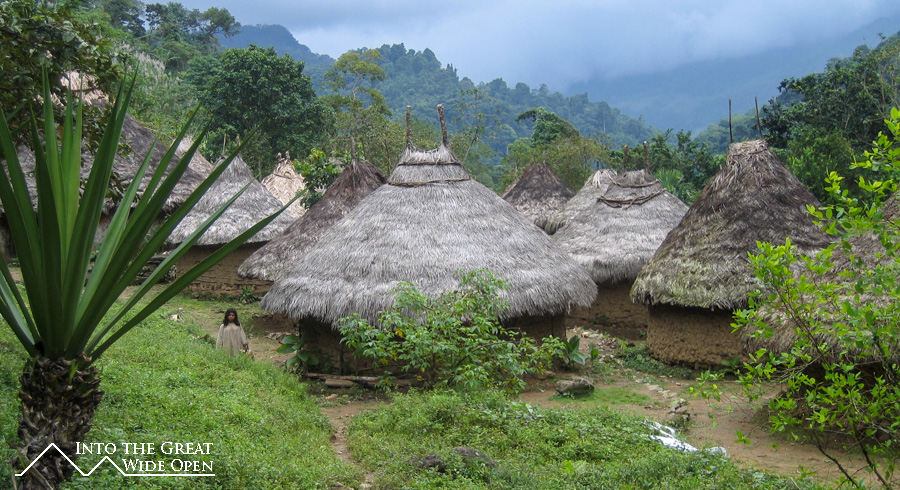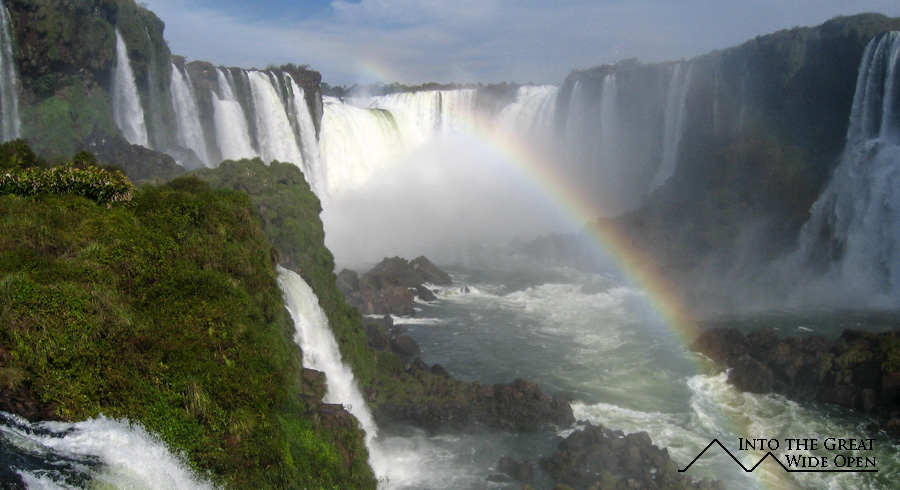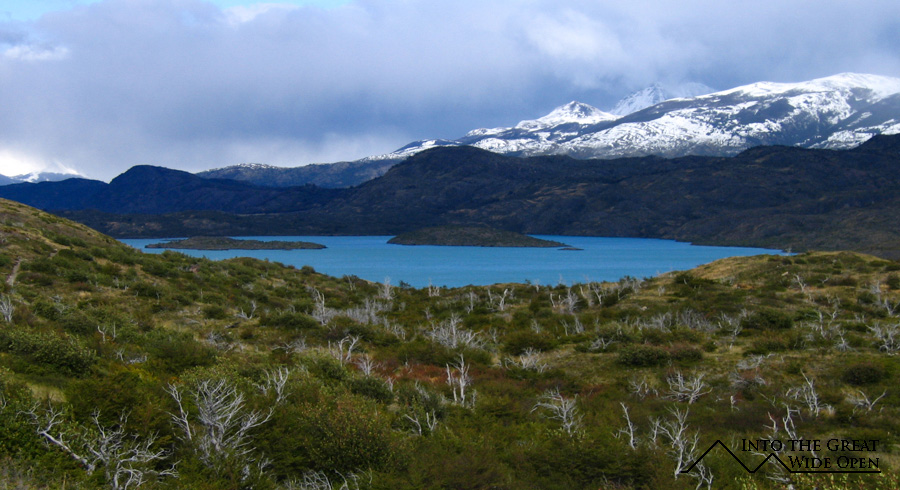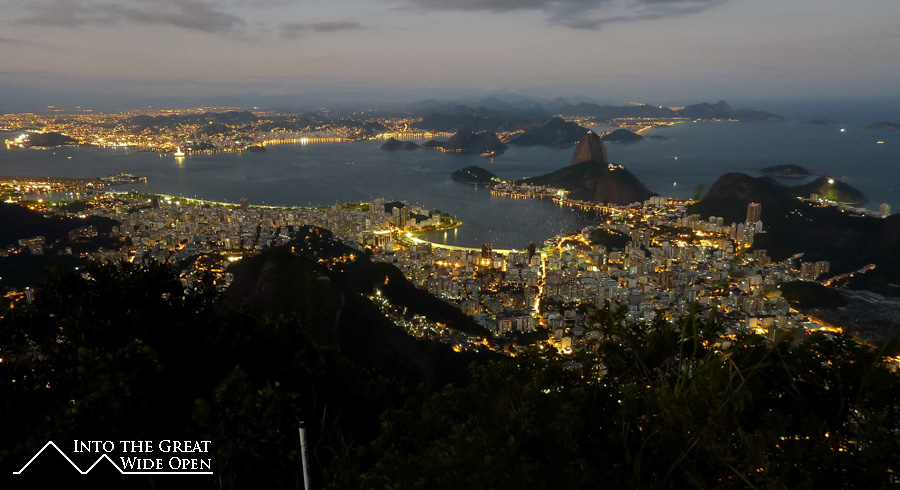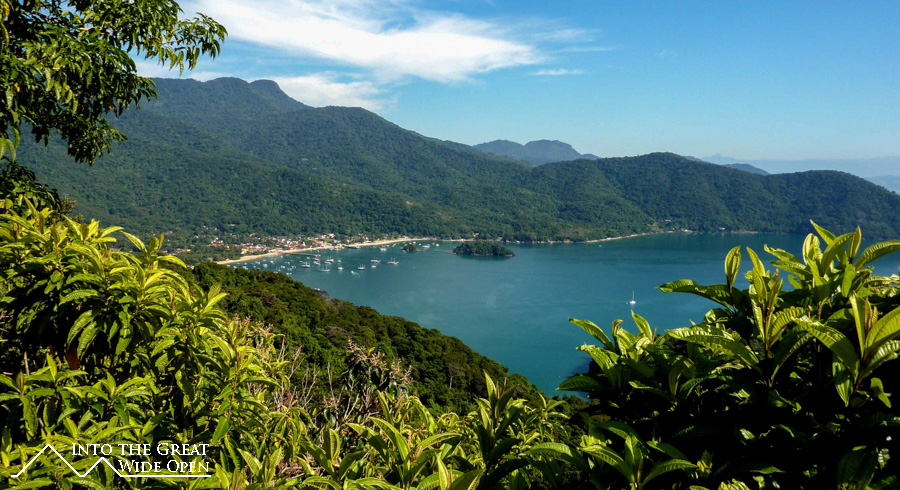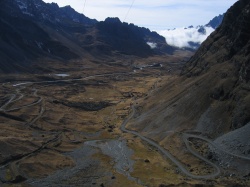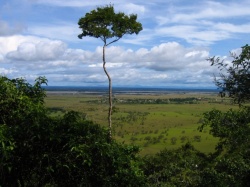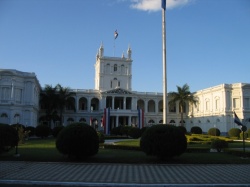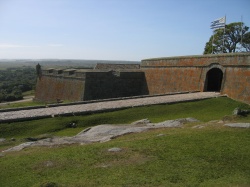South America
No vale el tiempo pero valen las memorias
No se cuentan los segundos, se cuentan historias
- Calle 13
My first long journey took place in South America in 2007. I spent eight months traveling around the entire continent from end to end. Since then I have returned several times for a few business trips and have been able to see and experience a different side of many places. While some people lump all the countries together under the moniker of Latin America that could not be further from the truth. Although it is true that the majority do share Spanish as a common language, each country is unique and often exhibits distinct regional differences inside their own borders. This contributes to the rich cultures of the South American countries, making them a pleasure to experience. And because Spanish is widely spoken across the continent, some basic language skills allow travelers to go so much deeper and experience a new level of interaction with the local people. Awaiting travelers are the subtle layers of flavors in the foods, the hospitality and friendliness of the people, and the wealth of natural treasures, from deserts to glaciers, and everything in between.
In the far south, large areas of wilderness dominate the Patagonia regions of Argentina and Chile with some of the best scenery and hiking found anywhere in the world. Despite economic woes, Argentina, and in particular Buenos Aires, is a hugely popular tourist destination, and rightly so. A mix of European immigration over the years has given the city a different character from other South American capitals. Just across the border, tiny Uruguay has long been overshadowed but is worth visiting for its popular beaches and appealing small towns along the coast and the Gaucho culture. Chile is also interesting; with stunning natural landscapes of the Atacama Desert in the north, the cosmopolitan modernity of Santiago, and the artistry and rough-around-the-edges feel of Valparaiso.
The largest country in South America, Brazil, has experienced rapid growth leading to much development in its urban centers, with Rio de Janeiro and São Paolo becoming enormous metropolises. Hosting the World Cup brought Brazil a new level of prestige and a growing spotlight that has highlighted not only the tourist attractions but also increasing social and political challenges. Brazil also has its share of wilderness in the form of the Amazon Rainforest, a dense and forbidding jungle with the largest biodiversity of anywhere on Earth and the Pantanal, a large wetland area in the southwest of the country. Brazil's natural diversity has been threatened by the rampant economic development although the government's recent efforts to combat this offer hope for the future.
Aside from the beautiful scenery, the remnants of many ancient civilizations, including the Incas, are scattered throughout the Andes in Peru, Bolivia, Ecuador, and Colombia. UNESCO World Heritage sites such as Machu Picchu offer glimpses into the past amidst striking high altitude mountain scenery. The Andes give way to warm coastal climates on the north coast in the form of tropical beaches in Colombia and Venezuela. In the northeast, the Portuguese and Spanish roots are punctuated by the small British, Dutch, and French influences in Guyana, Suriname, and French Guiana, respectively.
Even after all of my travels the South American countries remain some of my favorite destinations.
